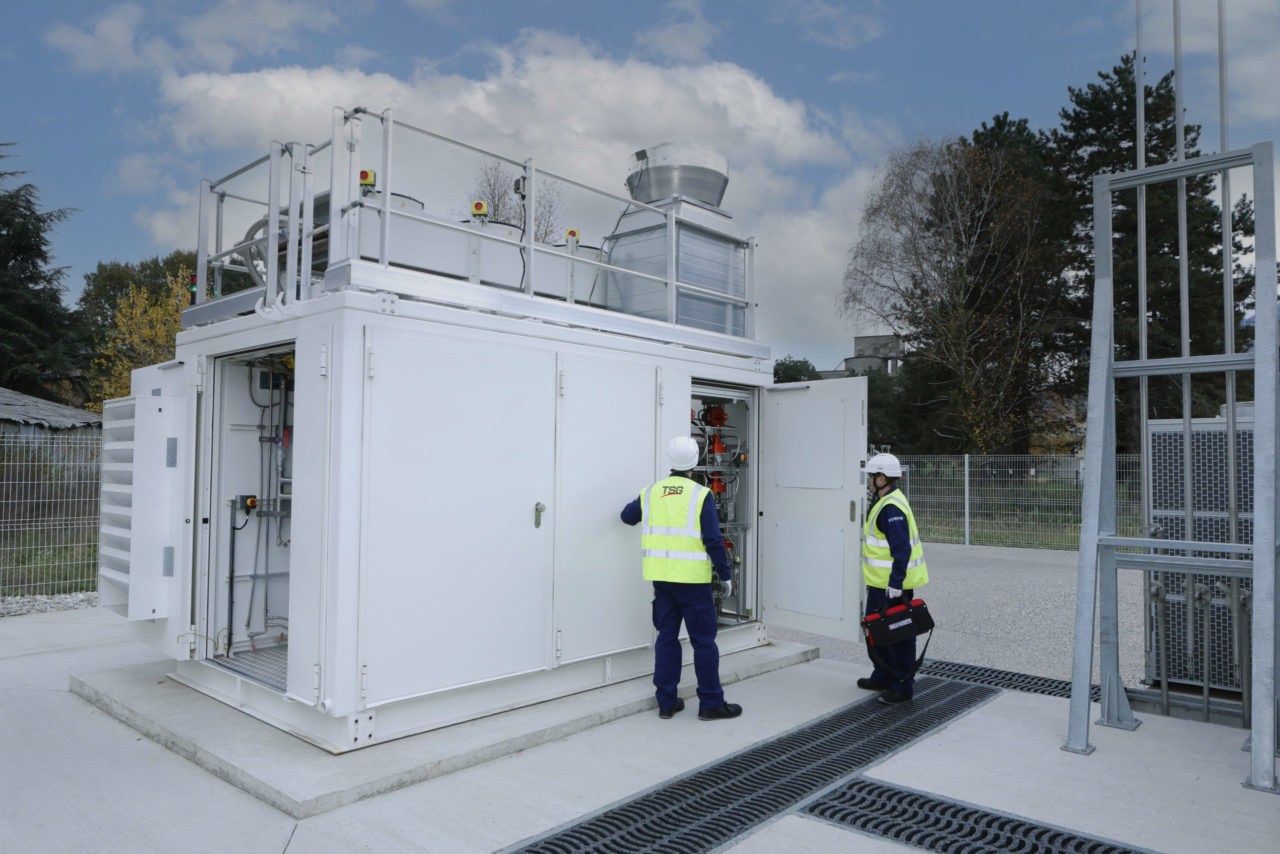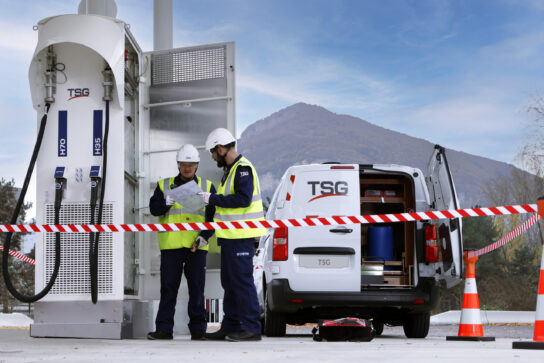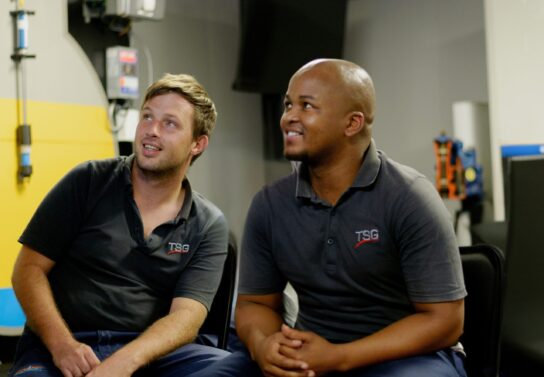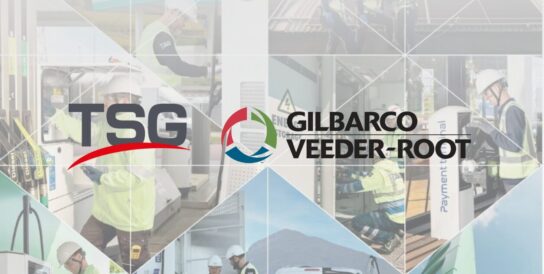At the Hyvolution Paris trade show, H2 Mobile had the opportunity to speak with Bertrand Leroy, H2 & Gas Director at the TSG group. Currently largely focused on hydrogen station maintenance activities, the company plans to significantly increase deployments in the coming years.
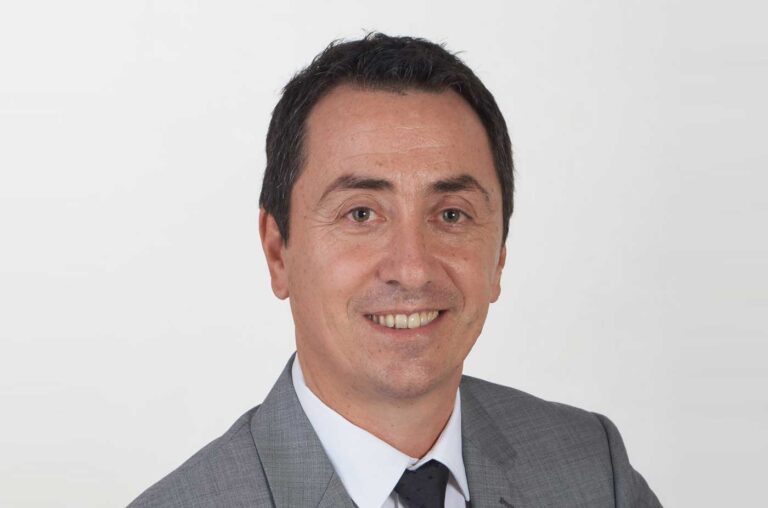
What is TSG’s history in mobility?
For around forty years, TSG has addressed various mobility issues, with a historical focus on fuel oil. Regarding alternative energies, we started with LPG, liquefied petroleum gas. The CNG business began in France in 2018 with applications for RATP (Paris transport authority) and GRTgaz (French gas transmission operator). This was followed by LNG through a privileged partnership with Cryostar and other partners for whom we provide maintenance.
For the past two years, we have positioned ourselves in hydrogen activities. With our core expertise primarily in maintenance, we began by supporting manufacturers who placed their trust in us – McPhy, Resato, and others – as well as our long-standing clients – Shell, TotalEnergies – in the transformation of their stations. We supported them during this maintenance phase by providing competent employees trained in QHSE (Quality, Health, Safety, and Environment) regulations.
As with CNG, we supply, install, and maintain solutions tailored to our clients’ needs. We also handle the installation and maintenance of stations on behalf of manufacturers. Today, TSG has approximately 300 dedicated technicians for gas activities across the 25 European countries where we operate.
Can a technician working on CNG also work on hydrogen?
Each gas has its specific characteristics. With hydrogen, we are dealing with 350-700 bars of pressure, with equipment requiring high compression rates, which necessitates specific skills and safety regulations. There are training courses and certifications that we deploy depending on the sites where we are required to work. For 24/7 maintenance, the idea is to have three to five technicians around the station.
You started with maintenance, but TSG also has a role as an integrator in its capacity as an EPC (Engineering, Procurement, and Construction) contractor. What is your approach today? Do you have preferred suppliers?
Our approach is market-agnostic. We provide our experts to support projects, their implementation, installation, and maintenance. We are here to support the evolution of the market and can be a driving force for proposals. This is the point of the partnerships we establish with manufacturers; to offer complete installations under TSG’s leadership. This is notably the case with a station we built for Stellantis with Resato in Gliwice, Poland.
Regarding hydrogen, we are still in the phase of discovering and understanding the markets. Alongside Hyvolution, we organised workshops with our international network. The idea was to share this feedback: what worked well, what difficulties we encountered, how we resolved them, etc. For H2, we offer reliable solutions by selecting manufacturers who meet the highest standards in terms of safety, ethics, and performance. We ensure that the performance level is always aligned with that set by TSG.
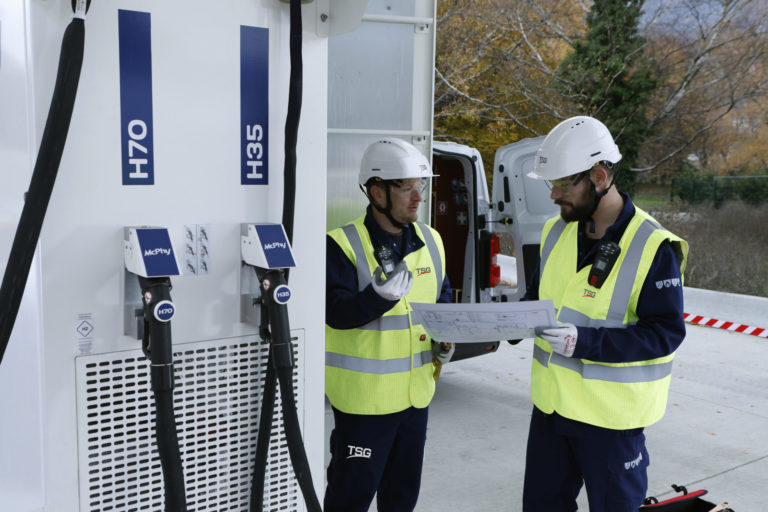
Some hydrogen stations also include a production component. Are you also positioned in this area?
Absolutely, we are involved across the entire chain. Initially, the business model was more oriented towards small stations with small electrolysers, hence the partnership with McPhy, who trusted us from 2021. We realise that this is no longer really the trend. Today, we are more focused on large electrolysers that will supply daughter stations.
What does the hydrogen business represent within TSG?
Today, hydrogen activity is 80% concentrated on maintenance. We maintain around twenty stations in the countries where we operate. In terms of construction, we deployed a station with McPhy for Stellantis in Hordain, in the north of France. It is installed at the end of the production line and is used to charge commercial vehicles before they are parked and delivered. We have also deployed a station at their site in Poland.
When you consider that TSG has a turnover of over one billion euros and maintains 44,000 stations across Europe, we are still in the very early stages.
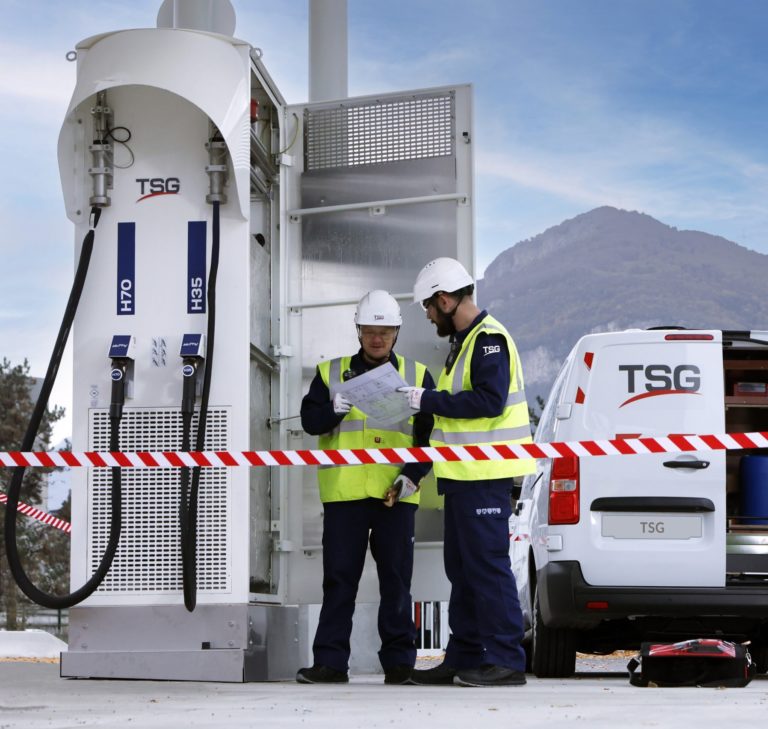
So, the idea is to position in other markets?
That’s right. If possible, with a lead role in supply, but otherwise as a co-contractor with the manufacturer to bring installation expertise. Today, we are able to absorb the highly anticipated increase in hydrogen demand. We already have the tools to handle monitoring, call centres, etc. Some of our staff are already trained, and we can continue to support this skills development.
Are you also positioned in liquid hydrogen?
We are already involved in the “cold gas” sector with Cryostar, which is part of the Linde group, in LNG. We have explored the topic for certain applications. But we are only at the very beginning, and for the moment, we do not know what the next steps will include.
